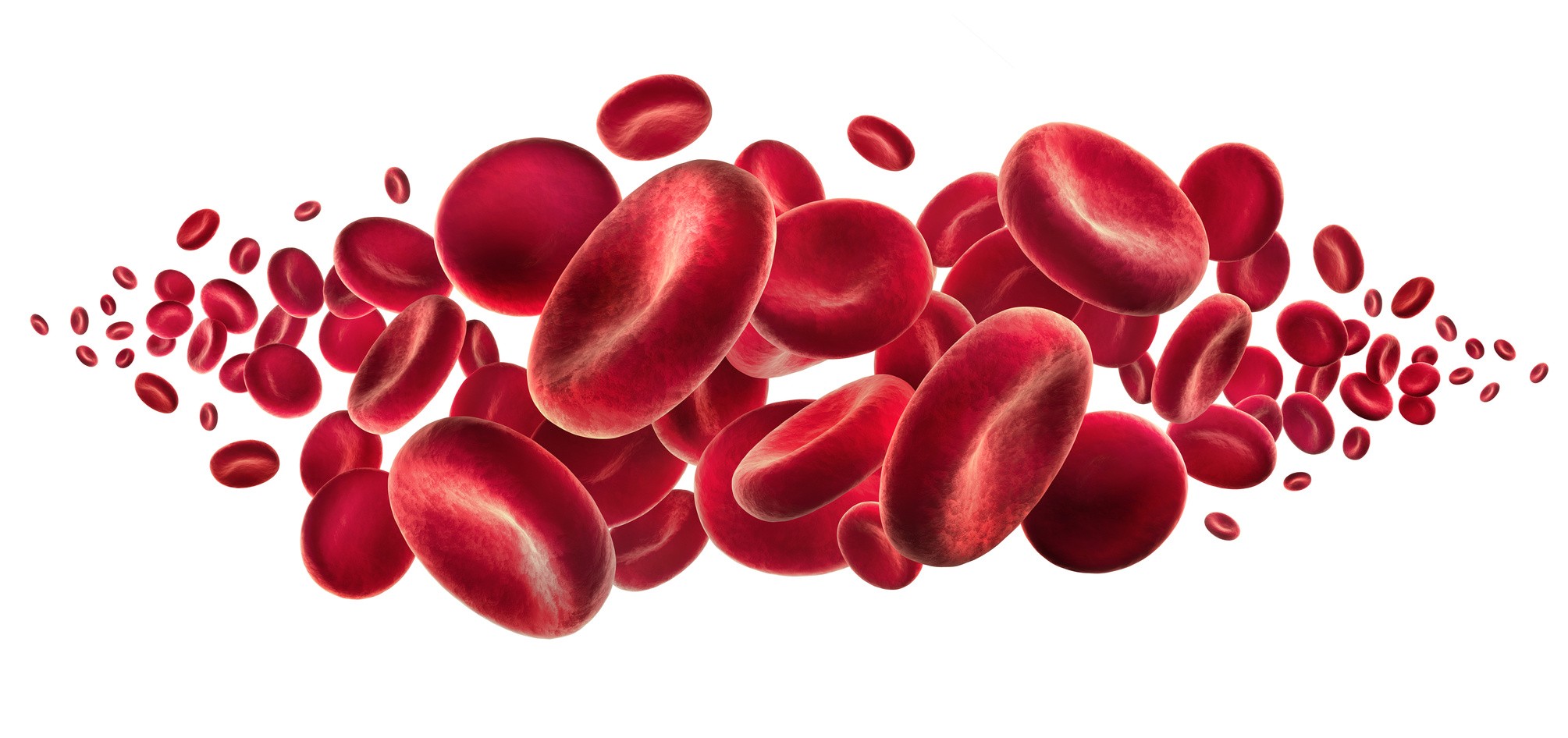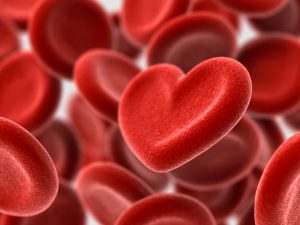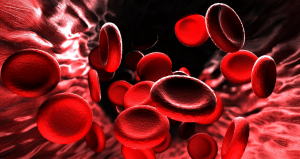What does a complete blood count show

A complete blood count is one of the simplest methods to check your own health. Such an analysis is able to reveal a large number of pathologies that are invisible to the eye, associated with inflammatory processes in the body. Inflammation can arise from a wide variety of factors, from allergies to diabetes. The main purpose of a blood test is to determine the overall health of a person. Therefore, after the analysis, it is necessary to conduct a number of other tests, already aimed at the identified ailment in the human body. This analysis is popular due to its availability and ease of conduct, so most doctors refer their patients to donate blood in order to understand whether the body is in order and what kind of diseases are developing in it.
The value of blood in the body

In humans, blood is a kind of transport for nutrients necessary for the normal functioning of the body. Also, the blood removes harmful substances and toxins, which over time accumulate in various organs, such as the liver, kidneys, lungs, etc. It protects the body from unwanted toxins and bacteria through mechanical damage (scratches, burns) on a person by blood coagulation and abundant lymph secretion.
Unfortunately, this test does not speak specifically about the disease that struck the body, but it shows undesirable processes that occur due to any ailment, and this is the ideal start for diagnosing a patient’s disease.
Parameters determined by a general blood test
The essence of the analysis is to identify a deficiency or excess of the main blood components: platelets, erythrocytes, leukocytes. It also shows the level of hemoglobin and the erythrocyte sedimentation reaction (ESR or ROE). Any of these components can tell the doctor about the presence of a particular disease. It makes no sense for the patient to try to disassemble these analyzes himself because of the large number of features and nuances. Even the attending physicians undergo special training to correctly determine the identified parameters of the blood test. For example, when diagnosing hemophilia, you can simply pay attention to the level of platelets, their low level indicates this genetic disease. But also a low platelet count can hint at the presence of HIV infection, as well as other pathologies. Therefore, this test is just a general check of the body, and not a diagnosis of a specific disease.
How is blood taken for analysis
For analysis, blood is taken from a finger, in this part of the body it is easiest to take capillary blood. Sometimes blood is taken from a vein for analysis. To reduce the likelihood of false readings, blood is taken from a patient who has not eaten anything (8-12 hours without food); for convenience, this procedure is performed in the morning. You should also not drink alcohol, at least refrain from it for a couple of days. Only a small amount of water is allowed for use. In case of depression or overwork, the patient should inform the doctor about this condition so that he can take this into account when conducting the analysis.
If the patient has prerequisites that speak of a critical state of health (myocardial infarction, appendicitis, pancreatitis, etc.), an analysis is prescribed urgently, ignoring the time and amount of food consumed.
Analysis safety rules and working tool
The check should be carried out in a clean room, and the doctor should be equipped with elastic gloves and a clean lab coat, an instrument for extracting blood (a special container where blood is drawn and a scarifier that makes a shallow cut). It is always necessary to observe the actions in preparation of the doctor for the collection of blood. He must take out a disposable instrument with you, otherwise it is absolutely impossible to agree to the procedure. For people with a fear of sharp objects, there is a special device called the lancet. This instrument in its design has a disposable needle and a plastic body, which eliminates the possibility of bacteria entering the surface of the working area. With a sharp movement, the needle penetrates the skin and causes absolutely no pain, after which the blood enters the attached container.
Taking blood for analysis is probably the easiest and fastest way to diagnose a person’s condition as a whole. It is the starting stage of the audit, which is almost always carried out. With its help, it is possible to fairly accurately determine the general condition of the body, however, for a complete picture of the diagnosis, a number of checks are carried out immediately following the blood test. Due to the comprehensive screening, acute conditions such as heart attacks and cancers can be identified.
The main points related to the complete blood https://en.wikipedia.org/wiki/Blood count have been described here. Never forget that all this is done only for the benefit of your body. Good health to you!